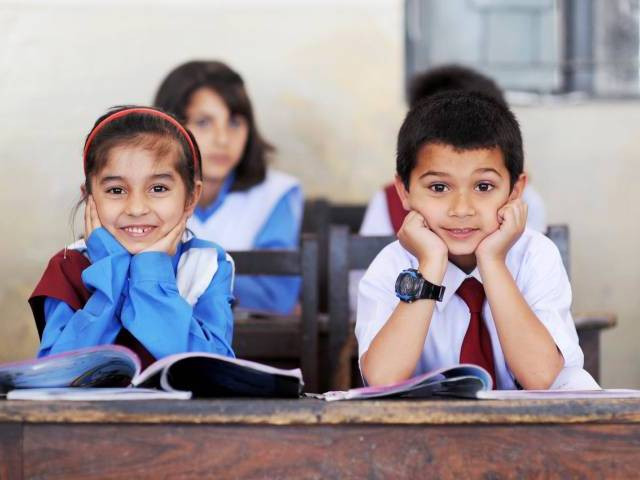Disrupted futures
There is scant empirical evidence in respect of the longer-term effects of terrorism on children’s education

Hundreds of thousands of children have been affected between 2002 and 2016, some of their stories chronicled by Human Rights Watch in a report titled ‘Dreams into Nightmares.’ It is possible to see how extremists and militants are able to act as engines of intolerance, isolation and fear and have impacted particularly on a generation of girls. There were 867 attacks in Sindh, Punjab and Khyber-Pakhtunkhwa in the period covered, in which 392 died and 724 were injured (Data — Global Terrorism Database). We cannot imagine that all those injured have recovered to lead normal lives, neither their parents nor other relatives.
In Swat during the Taliban takeover in 2009 they forced the closure of 900 schools, excluding 120,000 students and 8,000 female teachers. The Swat valley is back under government control now but remains vulnerable to Taliban infiltration and attack. The years lost of education will ravage the futures of all those children affected. Their educations are never likely to be completed and they will enter the workplace even more poorly prepared than children elsewhere. The bleeding edges of sectarianism are not going to heal and militancy and extremism will always seek to exploit existing wounds. All this is happening against a backdrop of a radicalising society in the widest sense, and there is a discomforting sense of awareness that these are self-inflicted wounds — always the hardest to heal.
Published in The Express Tribune, March 29th, 2017.
Like Opinion & Editorial on Facebook, follow @ETOpEd on Twitter to receive all updates on all our daily pieces.














COMMENTS
Comments are moderated and generally will be posted if they are on-topic and not abusive.
For more information, please see our Comments FAQ